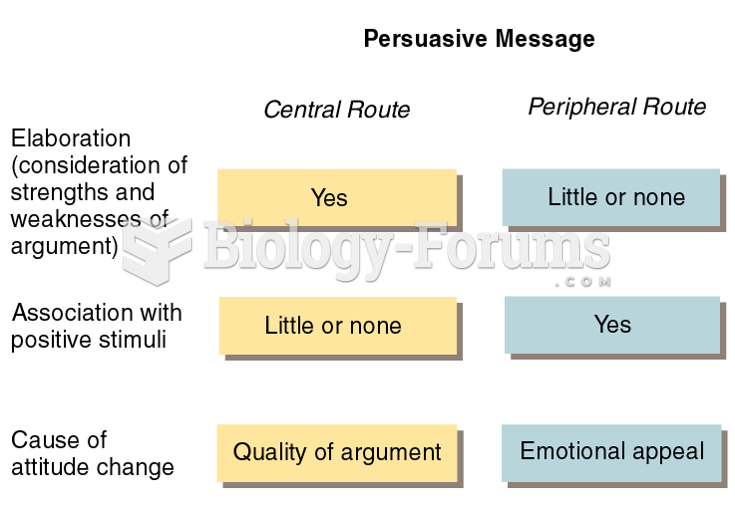|
|
|
Eat fiber! A diet high in fiber can help lower cholesterol levels by as much as 10%.
Pubic lice (crabs) are usually spread through sexual contact. You cannot catch them by using a public toilet.
Blastomycosis is often misdiagnosed, resulting in tragic outcomes. It is caused by a fungus living in moist soil, in wooded areas of the United States and Canada. If inhaled, the fungus can cause mild breathing problems that may worsen and cause serious illness and even death.
The people with the highest levels of LDL are Mexican American males and non-Hispanic black females.
Asthma attacks and symptoms usually get started by specific triggers (such as viruses, allergies, gases, and air particles). You should talk to your doctor about these triggers and find ways to avoid or get rid of them.







